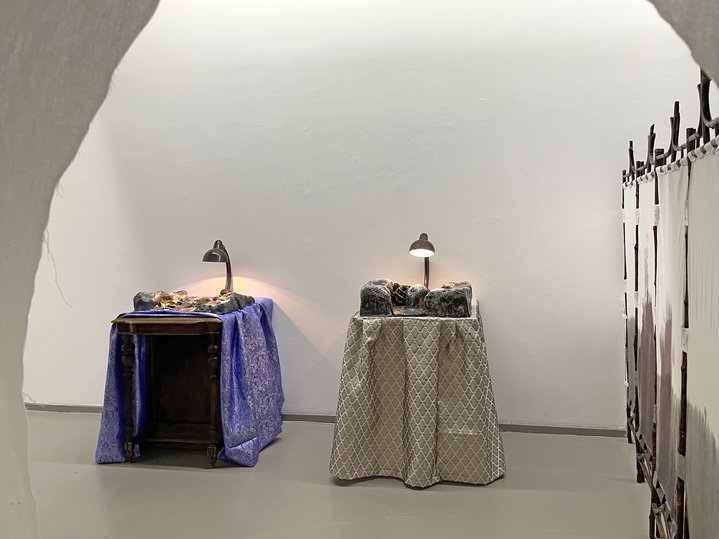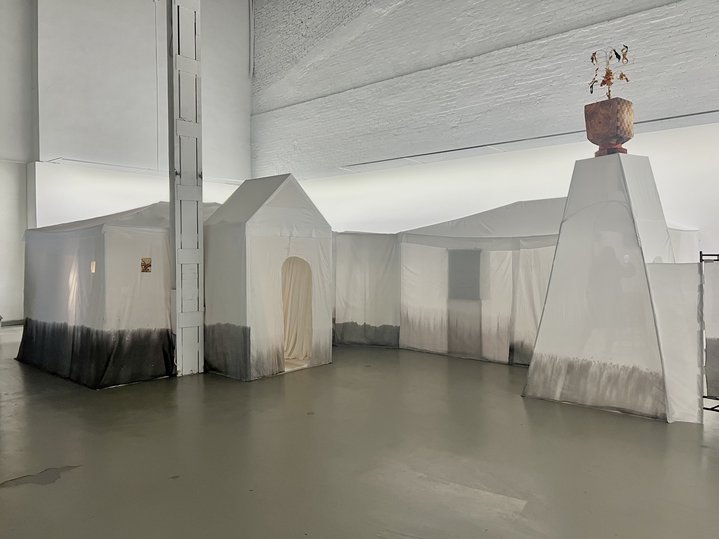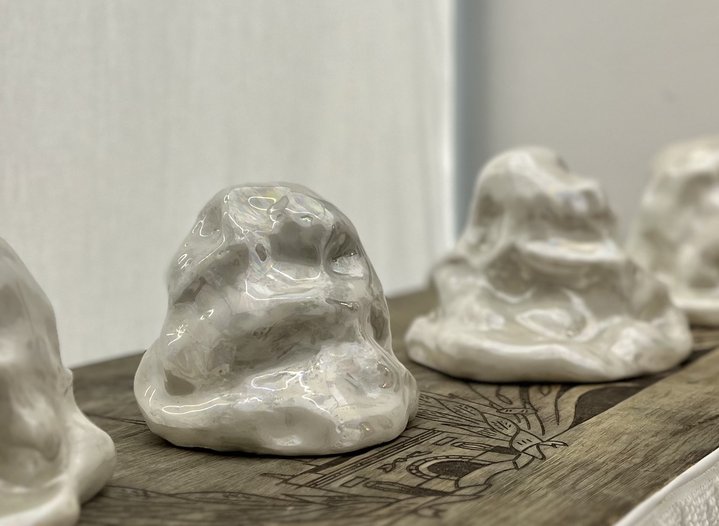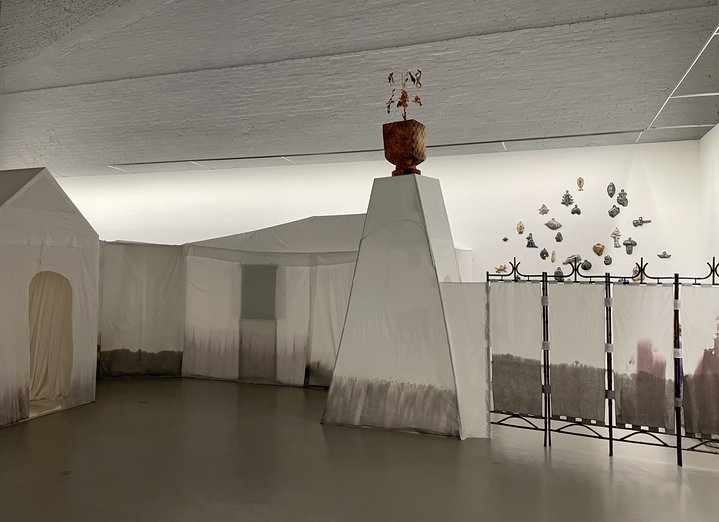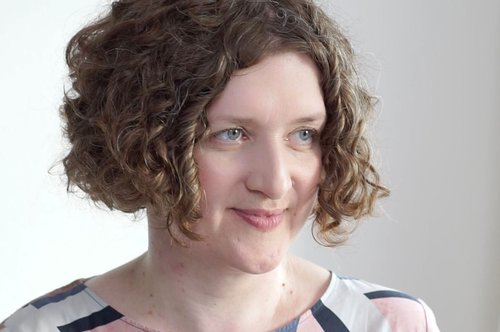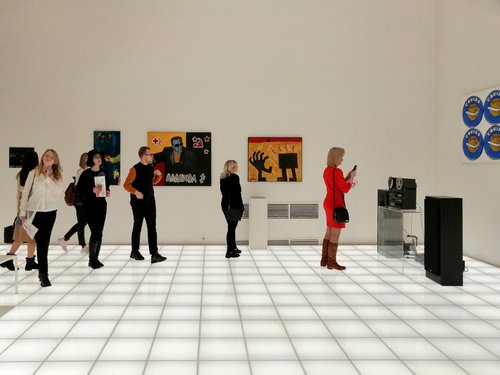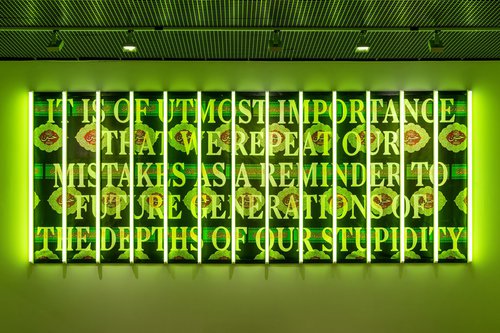Korina and the Thaw at the Dacha

Irina Korina. Thaw, 2023. Mixed media. Exhibition view at XL Gallery. Courtesy of XL Gallery and the artist
Artist Irina Korina's latest immersive installation is on view at the XL Gallery in Moscow in which she links Russia’s Soviet past with today’s uncertainties.
“Dachas and the people who spend their summer holidays there are vulgar, sorry” said Liubov Andreevna to Gaiev and Lopakhin in Chekhov's play ‘The Cherry Orchard’. There is something of the Russian dacha in Irina Korina's (b. 1977) new exhibition at the XL Gallery. Over the past century, the Russian intelligentsia found a sanctuary from the slings and arrows of life in their dachas. In fact, the myth of the dacha features almost everywhere in 20th century Moscow culture, in various guises. There was Boris Pasternak’s tame anti-soviet bravado at Peredelkino, the Soviet loyalism and self-proclaimed aristocracy of film director Nikita Mikhalkov at Nikolina Gora, and the dissidence and non-conformism of painter Eduard Steinberg (1937-2012) in Tarusa. For all of them, their dachas symbolized coziness, warmth, a circle of trusted and like-minded friends, a little piece of the good life.
Just how relevant contemporary art is itself relates to how connected it is with the local context. Korina’s installation explores a darker side to the dacha, something altogether scarier: how it operates as a strange complex of domesticity. Korina has taken over the XL Gallery with a large structure made from sail cloth stretched over a frame. One minute it feels like an apartment, then a dacha, or a forest with fir trees, a church, a dilapidated hut or a cemetery of toys. It is less an exterior, more an interior landscape, a space punctuated by a sense of alienated soulfulness. There is a narrow, white corridor with a soft floor, and ceilings made of linen which is hanging low. Visitors move about as if they are walking on cushions and mattresses which are hidden, enveloped in a gentle, organic space, dimly lit and filled with objects at once familiar and alien.
There are wardrobes which were bought on Avito (a popular Russian website for second-hand goods) or donated by friends, and old, badly made furniture. Dotted around is kitsch, both Soviet and contemporary: wood burnings, a hologram in a glass prism, a straw skier bunny. There are also ceramic models made by Korina, a boy squatting down with a dog, a wolf howling among trees, micro-skis placed against the walls. These models hark back to the kind of porcelain figurines which were made by Soviet factories, yet they are much cruder, simpler and more roughly made. Korina’s own imitations reveal a lack of meaning in the originals. There is a threat that lurks behind illusions of comfort and stability, a notion of absurdity concealed within their glossy exteriors. This all culminates in the form of seven marble elephants, sitting in a row one beside the other, organized according to size. At some point they stop looking like elephants, and start to look like shapeless piles, a staple of the urban winter landscape in Russia: mounds of slush shoveled from the streets to the curb. It is those old enough to have had a Soviet childhood who see them as elephants: then there were always seven placed in a row, symbolic of family happiness. This original Soviet kitsch juxtaposed with Korina's works makes it look like empty historical detritus, where once its accumulation was a psychological defense against alienation in a world saturated with ideology. Now, here, taken out of its original context, this junk serves to unsettle you, like a wolf from a 3D postcard that looks like he is climbing out of a cupboard, out of the flat surface into space to stare at the audience with the piercing eyes of a hungry beast. After crawling through the corridors that move underfoot, bumping into one another, visitors find themselves in an open space on a firm floor, screened off from the exhibition space. Here comes the climax: a wall of votives. “It's now considered indecent to write things on Instagram that people used to write,” explains the artist. The ceramic votives have glossy, metallic glazes – a cat, a guitar, an ice cream cone, a dog for example – and evoke the peaceful life that disappeared in 2022. They are either a reminder of the past or a prayer for the future, asking for social healing. That is, a return to kitsch.
There is an altar beside the wall of votives. Two glazed objects sit on top of old, handmade pedestals decorated with rich cloth covers, like thrones with church antimines. They look like mounds of melted snow, gleaming invitingly in the light of Soviet table lamps, and create a paradoxical experience of desire – the medium of ceramic transforms the reality of dirt into the language of pleasure. If you live in Russia, you need to learn how to love the mud in spring. After all, everything covered during the winter is revealed in March once the snow melts. The word ‘snowdrop’ has two meanings in Russian: it is both the first spring flower and a thawing corpse.
Korina’s use of table lamps in her installation as well as the narrow corridors, is a device often employed by the Moscow conceptualists. But they saw in cramped spaces the stuffiness of the Soviet, as Ilya Kabakov (b. 1933) in his installation ‘Labyrinth’ (‘My Mother's Album’, 1990). In other works by Kabakov, the communal apartment was always implicitly opposed to the comfort of a bourgeois home. But in the era of Moscow Conceptualism, the Soviet was still alive – there were banners with slogans, flights into space, and Lenin in every home. Now for the first time in post-Soviet art, Irina Korina reveals the ideological role of banality. And the sweet threat of philistinism. It is only snowdrops at dachas which have been left over since the USSR. And they continue to rot.






